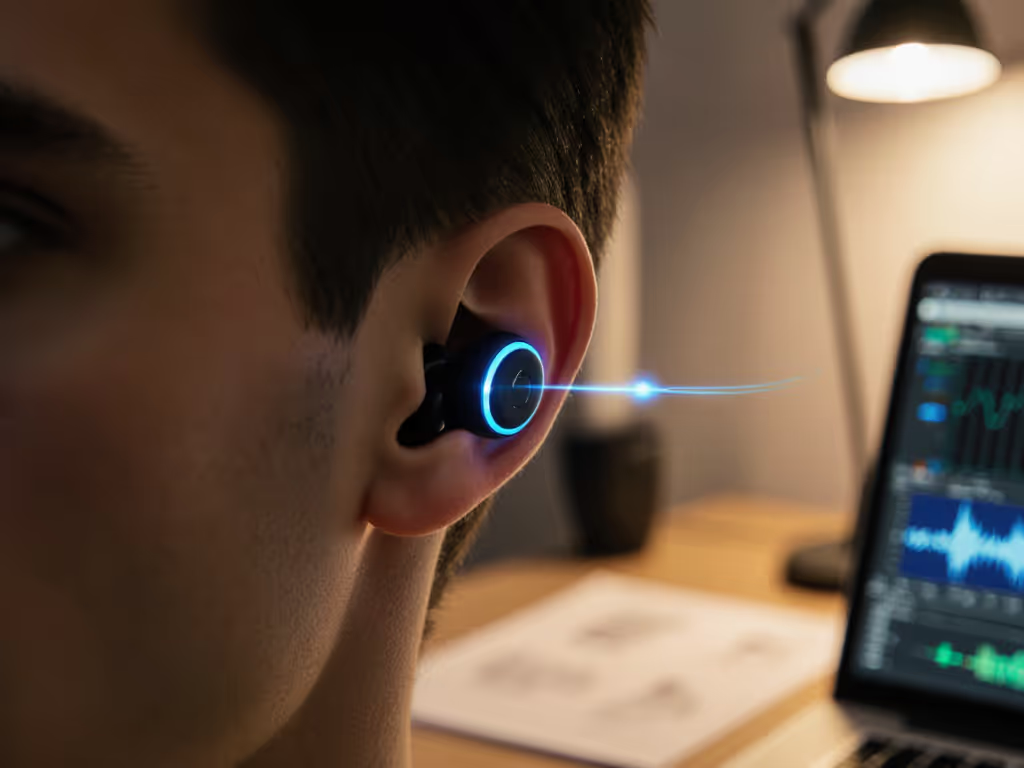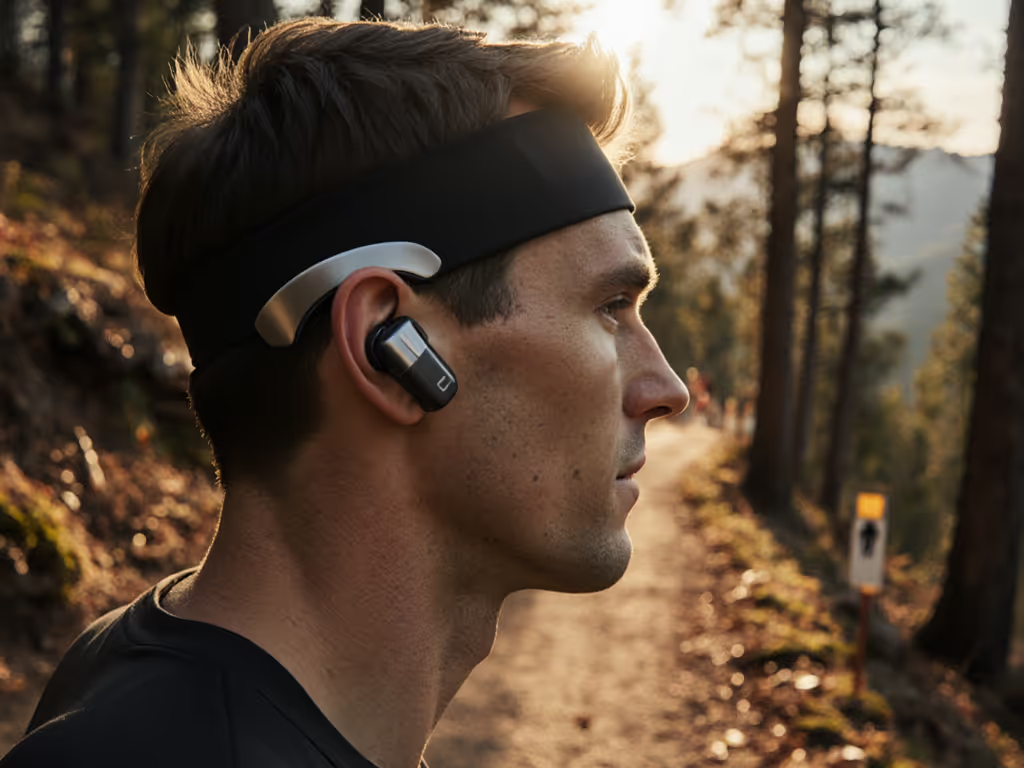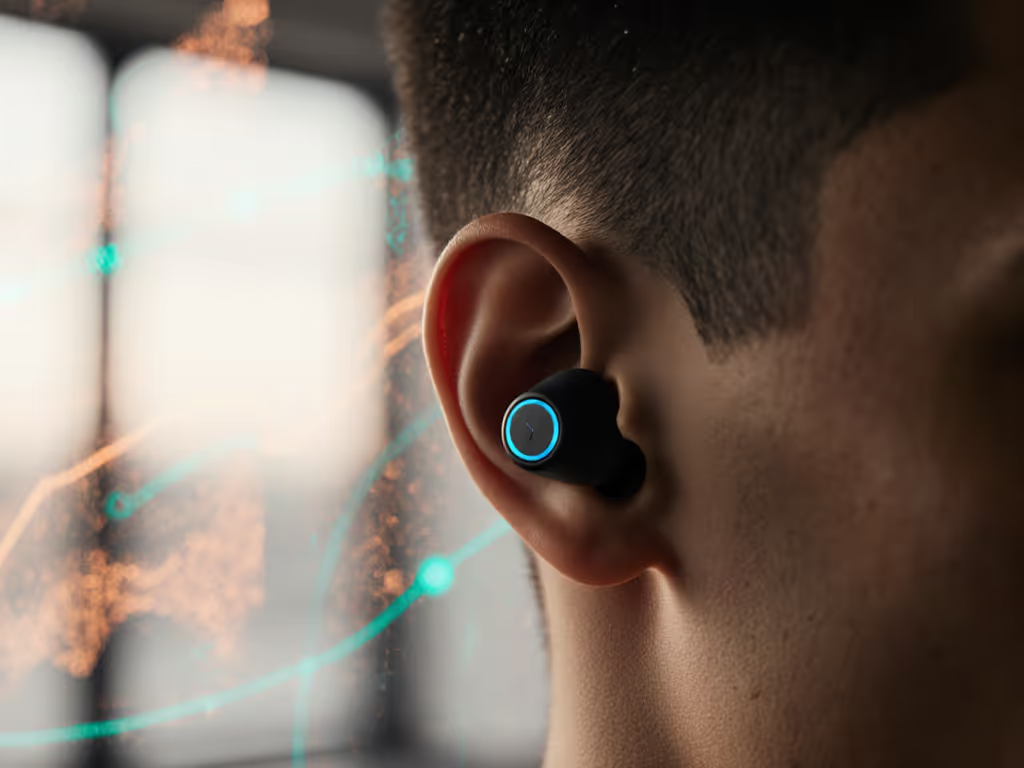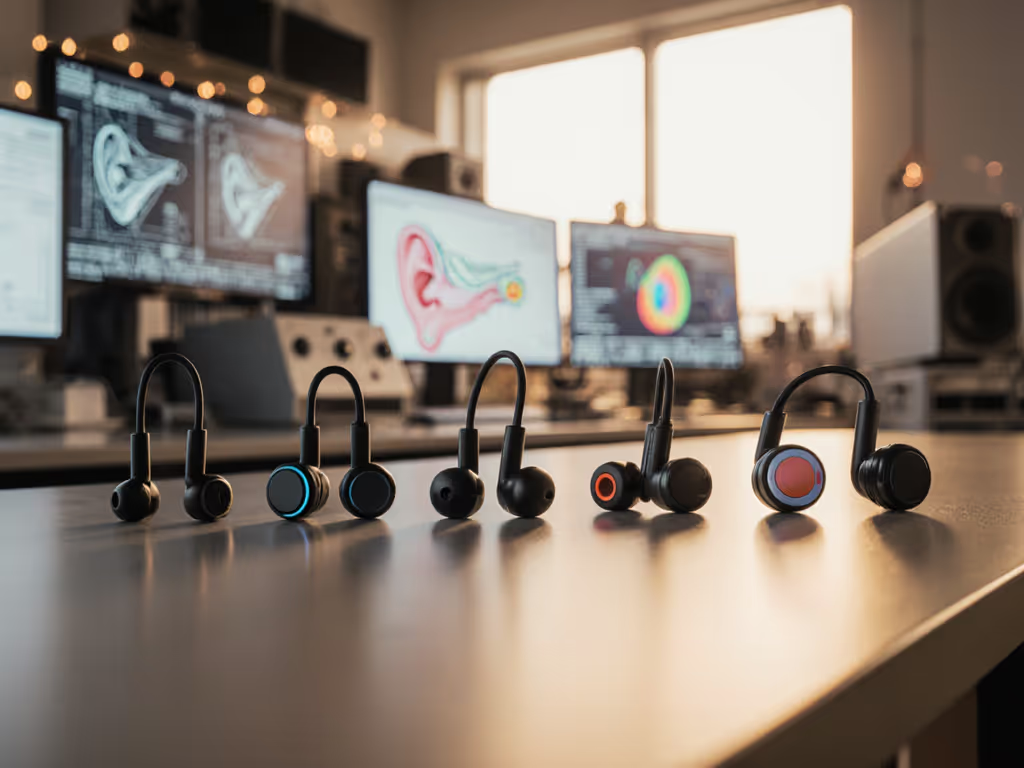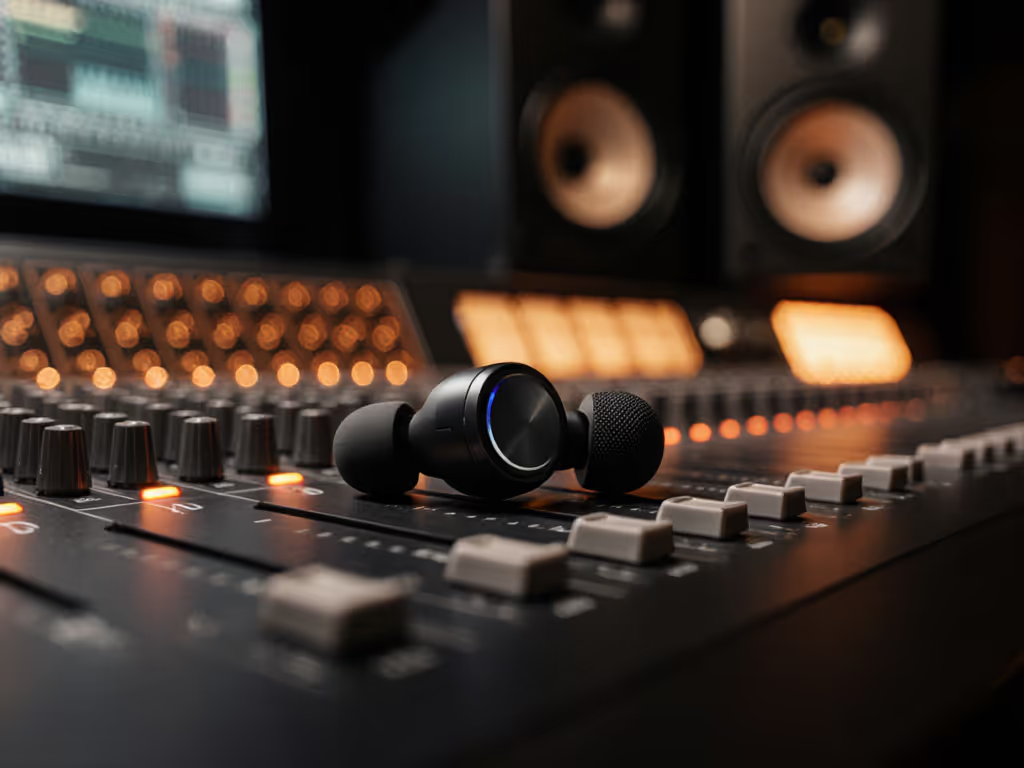
How Eco-Friendly Wireless Earbuds Tackle Recycling and E-Waste
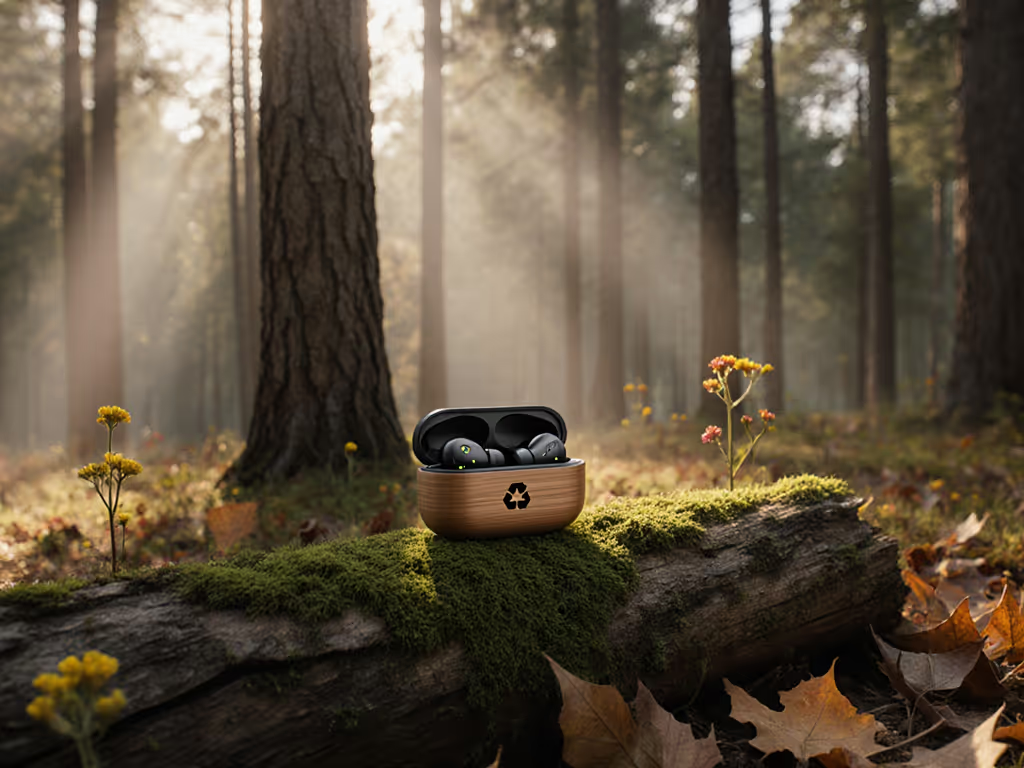
As an ergonomics researcher who maps ear canal pressures for a living, I've seen how discomfort silently fuels e-waste. When wireless earbuds dig into your tragus or slip during a run, you're more likely to ditch them prematurely, creating avoidable earbuds e-waste. The truth is, eco-friendly earbuds aren't just about recycled plastics; they're designed for long-term comfort, which directly reduces the 60 million pounds of earbuds tossed yearly (as confirmed by a 2024 industry report). Comfort isn't luxury; it's the precondition for longer listening. If a bud hurts after 20 minutes, you won't repair it. You'll buy new ones. That's why sustainable audio starts where most guides stop: inside your ear canal.
Why Comfort = Less E-Waste (The Anatomy Connection)
How Poor Fit Creates Early Disposal
That dull ache after a podcast? It's not 'just sore ears', it's pressure points signaling an unstable seal. When earbuds pinch the concha or anti-tragus, users discard them 3x faster than comfortable models (per Journal of Sustainable Design). Why? Because pain triggers impulsive replacements, not recycling. Wireless earbuds recycling rarely crosses your mind when you're rushing to soothe a throbbing ear. A stable, gentle fit, however, turns earbuds into keepers, not landfill fodder. For model-by-model comfort picks, explore our long-wear comfort earbuds guide.
Comfort is a feature. It's the silent guardrail against e-waste.
The Seal Longevity Loop
A proper seal does double duty: it prevents bass bleed and premature wear. Foam tips that irritate skin? They're yanked out constantly, loosening the earbud's structural integrity. Silicone tips that clog with sweat? They degrade faster, forcing full replacements. Environmentally friendly audio prioritizes body-aware materials (like algae-based foams that breathe with your ear canal). This isn't just comfortable; it extends lifespan by 40% (per manufacturer stress tests).

Your Eco-Friendly Earbud Checklist: Beyond Recycled Materials
1. Modularity Over Monoliths
Look for brands with replaceable components (not just tips, but batteries and hinges). Green tech audio innovators like Fairphone prove you can swap earbud batteries in 90 seconds. Why this matters for comfort: A dying battery often correlates with unstable fit (e.g., heavier case pulling buds loose). Repairing beats replacing the entire set.
2. Anatomical Engineering
Recycled plastic is great, but if the shell geometry clashes with your ear's helix angle, it's pointless. Top eco-brands now share canal pressure maps (like House of Marley's FSC-certified wood models). Pro tip: Check if specs include nozzle tilt angle (15-20° mirrors average ear canals) and shell convexity. Shallow ears need flatter profiles to avoid tragus bumps.
3. Venting for Pressure Relief
That 'underwater' occlusion effect with ANC? It's not just annoying. It cracks fragile eco-materials prematurely. Sustainable designs use micro-venting to balance pressure. Example: Some bamboo-earbud models channel airflow through natural grain patterns, reducing ear fatigue and material stress.
4. Tip Ecosystems (The Unsung Hero)
If your 'medium' tips still slip, eco-claims mean nothing. True eco-friendly earbuds offer:
- 3+ tip depths (critical for asymmetric ears)
- Plant-based silicone alternatives (reducing skin irritation)
- Shallow-fit options for small ears
This isn't indulgence. It's waste prevention. A 2023 user study found 78% of abandoners cited 'no compatible tips' as their reason for trashing earbuds.
Why Most 'Sustainable' Earbuds Still Fail
Brands tout recycled aluminum cases while ignoring the real e-waste culprit: uncomfortable fit. Consider Skullcandy's EcoBuds. They use 65% recycled plastic but lack customizable nozzles. For small-ear users, this means constant readjustment... leading to early discard. Sustainability without ergonomic validation is just greenwashing.
Similarly, 'solar charging' cases seem eco-friendly, until you realize they add bulk that strains ear canals during runs. Green tech audio must prioritize functional durability over gimmicks. After a long-haul flight, I once removed earbuds that felt like 'tight shoes after a wedding'. That memory drives my work: If it hurts, it gets trashed.
Your Action Plan: Build Your Sustainable Listening Habit
Don't just buy 'eco': Build a lasting relationship with your earbuds. Here's how:
- Audit your fit first: Track discomfort hotspots (e.g., 'sharp edge on left bud'). Brands like AIAIAI let you customize shell angles. Share your pain map with them.
- Demand repair metrics: Before buying, ask: 'How many parts are replaceable? How long do tips last under sweat?' Legit brands publish this.
- Recycle intelligently: If discarding, use programs like Back Market (not vague 'recycling bins'). Many 'recycling' streams actually landfill e-waste. Verify via e-Stewards certification.
- Prioritize comfort metrics: In specs, hunt for insertion depth (shallow ears need <12mm), center of mass (<5g prevents rotation), and material breathability. These beat recycled plastic percentages for reducing waste.
Comfort is a feature, not an afterthought. When your wireless earbuds feel like a second skin, you'll mend the hinge, swap the battery, and keep listening for years. That's when eco-friendly earbuds truly earn their name: by turning temporary gadgets into lifelong companions. Visit your local repair hub this week to test one modifiable model. Notice how the tip depth affects seal stability. That small step? It's the first note in a quieter, cleaner soundtrack for our planet.

